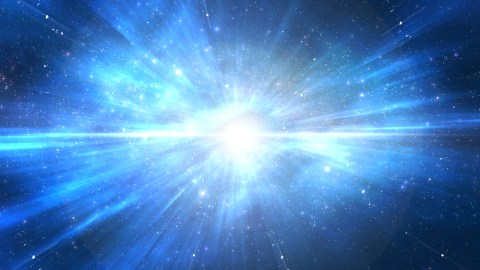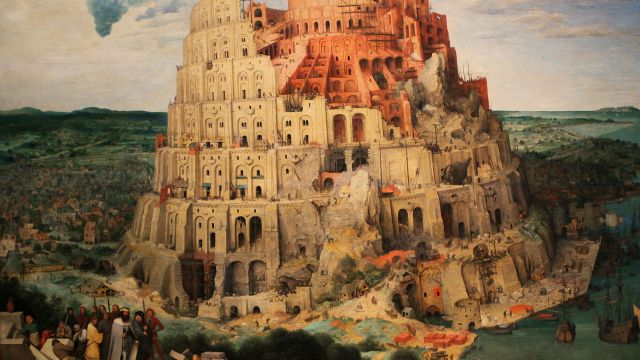What I Want to Learn About the Universe

Something I’ve recently been working on is the large scale structure of the universe. We’ve done what I think is generally regarded as the best simulation so far of the very large scale structure of the universe. We’re calling them the Bolshoi Simulations, from the Russian word for grand, great, big. And there’s no question these simulations are all of those adjectives.
But this was just a question of taking the best currently available data and using a huge amount of super computer time and generating a big simulation, a whole suite of big simulations. But the problem that we’re really working on now, and that I think we can largely solve over the next decade, is the origin and evolution of galaxies, including our own home galaxy, the Milky Way.
Probably, a lot of people are impressed by these beautiful images that we get from Hubble Space Telescope, and they think that we must, by now, understand how galaxies work. But the fact is that we don’t. We don’t even understand how stars form. There’s many different classes and theories of how stars form, and we don’t even know which class is right. And if we don’t understand star formation and evolution, we can hardly understand how galaxies form. The actual process of galaxy formation involves ordinary matter, mostly hydrogen and helium at the earliest stages, coming together to make stars and through some mysterious process that isn’t well understood, forming gigantic black holes. Super massive black holes, we call them, with masses of millions to billions of times the mass of our own sun, end up at the centers of all the big galaxies.
The formation process of these supermassive black holes results in the release of an enormous amount of energy. Sometimes we see this as what we call quasars. But even between the quasar phases, there’s still a lot of energy coming out of these massive black holes. That energy interacts and helps to form the galaxies and how the energy from the stars and the stellar evolution process and the super nova that occur at the end of the lives of the massive stars. How all of this interacts to form the galaxies is a big unsolved problem. And the solution is going to involve a combination of wonderful new observations, including with the new Wide Field Camera 3 installed by the astronauts on Hubble Space Telescope in 2009, in the last visit to Hubble and other space telescopes. I hope the James Webb Space Telescope will be launched later this decade and give us wonderful new insights to the early stages of galaxy formation.
In Their Own Words is recorded in Big Think’s studio.




